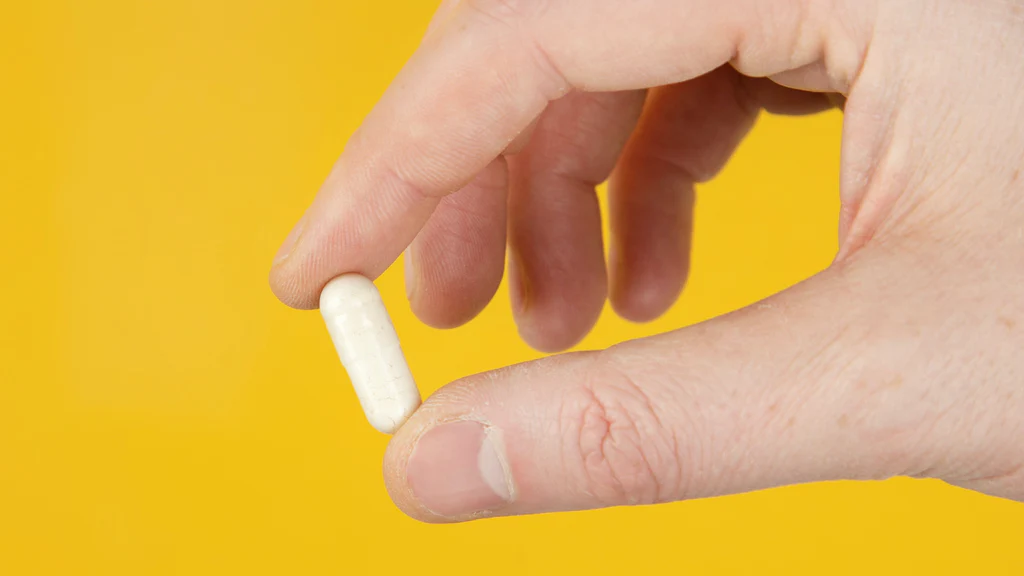Finasteride (or Propecia) is an FDA-approved medication, employed in the treatment of androgen-related hair loss. It has proven to be effective, but users report heavy and unusual hair shedding, also referred to as finasteride shedding.
Various studies done over the years have continually proved the beneficial effects of this drug against hair loss, specifically in men [1].
Its use as a hair loss treatment leads to an overall improvement in hair count and sustained hair growth, effectively halting further progression of alopecia.
Table of content
How does Finasteride work?

In androgenic alopecia, a hormone called DHT disrupts the hair growth cycle, leading to the dormancy of hair follicles. Finasteride hinders the conversion of testosterone into DHT by inhibiting the enzyme, 5 alpha-reductase. It also accelerates the shift of hair follicles from the telogen or resting phase into anagen or growing phase [2]. This results in a rapid boost in hair growth and a setback of alopecia. Although in premenopausal women, the use of Finasteride is still considered controversial and lacks research [3].
As your leading source for hair health information over the past 4 years, we never compromise on accuracy. When it comes to your health, you deserve information you can truly rely on - and earning your trust is our top priority.
Here's how Scandinavian Biolabs ensures every piece of content meets the highest standards of accuracy and integrity:
- Credentialed Experts: Our reviewers are actively practicing doctors and medical researchers
- Stringent Reviews: Content undergoes rigorous editing by subject specialists and review by a practicing doctor.
- Evidence-Based: We rely on well-established research from trusted scientific sources like peer-reviewed journals and health authorities.
- Full Transparency: Our editorial standards, writer credentials, reviewer credentials, correction process, and funding are all publicly documented.
- Independent Voice: While we do promote products, we operate in a vacuum to business operations. Our main goal is just an unwavering commitment to providing medically-sound guidance.
You can count on Scandinavian Biolabs to consistently deliver the trustworthy health information you deserve. Read our Editorial Standards.
Why does Finasteride cause hair shedding?
As mentioned above, our hair has to go through the sequential phases of anagen and telogen. Normally, the anagen phase takes around 3 to 8 years while the telogen phase is 2 to 3 months long [4]. When the telogen (resting) phase ends, the preceding hair falls out and makes space for new hair growth.
In individuals experiencing hair loss, particularly those with alopecia, hair remains in the resting stage of the hair growth cycle for an extended period. Finasteride induces growth in these dormant follicles that can prompt the old hair to start shedding quickly.
How long does Finasteride shedding last?
Temporary hair loss or shedding caused by Finasteride typically manifests 3 to 4 months into the treatment. This temporary hair loss can last from 2 to 4 weeks and may be particularly distressing for individuals already dealing with hair loss.
It is crucial to monitor the timeline of this temporary hair loss to understand its connection with the use of antiandrogens like Finasteride. Contact your doctor immediately if the shedding continues for longer than expected.
How do I stop Finasteride shedding?
To address Finasteride shedding, it's important to continue the prescribed medication without attempting to stop it. Shedding is a normal and expected part of the hair growth process when using Finasteride, indicating the drug's effectiveness.
If you stop taking Finasteride, DHT production resumes, leading to continued natural hair loss. For any concerns, consult with your trichologist.
Can Finasteride shedding be reduced or stopped?

Finasteride shedding can only be stopped by ceasing its use. Although, doing that would deprive a person of reaping the full benefits of this drug against alopecia. Acute hair shedding in the early stage is an indication that Finasteride is working, so it should not be discontinued.
How long does it take to see results from Finasteride?
Finasteride, an FDA-approved treatment for male pattern baldness, requires patience to see results. Typically, it takes at least four months of daily use before noticing any improvement in hair loss. In some cases, men may need to wait six months or more to see significant results.
How to get the best results from Finasteride?
To optimize results from Finasteride for hair loss, combine it with other treatments and good hair care habits:
- Use Finasteride with Minoxidil: Combining Finasteride with Minoxidil, either as a topical solution or foam, enhances hair growth effectiveness.
- Use a hair loss prevention shampoo: Shampoos with ketoconazole and saw palmetto can complement Finasteride's effects by reducing DHT activity.
- Take a hair-friendly vitamin supplement: Consuming vitamins like Biotin supports overall hair health, although they don't directly prevent male pattern baldness.
- Take photos to track your progress: Documenting your hair growth journey with photos can help monitor the effectiveness of Finasteride.
- Quit smoking: Smoking can exacerbate hair loss, so quitting can aid in achieving better results with Finasteride.
What are the alternatives to Finasteride that doesn’t cause hair shedding?
Some treatments helpful in alopecia, that does not cause acute hair shedding, the most popular Finasteride alternatives are listed below:
- Herbal remedies (Caffeine, pumpkin seed oil, etc)
- Spironolactone
- Microneedling
- PRP (platelet-rich plasma therapy)
- Stem cell therapy
- Low-level laser light therapy
- Hair transplantation
Remember that Finasteride is an FDA-approved drug extensively studied for hair loss. Substituting it with other options to get the same benefits might not work and any such decision should be first discussed with a doctor.
If you want to, read the full list of all alternatives you can take instead of Finasteride.
Conclusion
Finasteride is an effective remedy for people combating alopecia. It can prompt acute hair shedding upon initial administration, which can be frustrating and seems counterintuitive, but resolves on its own. It is important to keep in mind that increased growth can be observed in around six months to a year with patience and continued use of this drug.
However, it is advised to contact a specialist in case of sustained or unexplainable hair shedding.
FAQs
Does finasteride stop hair loss 100%?
Finasteride does not lead to a 100% reduction in DHT and, therefore, does not completely halt hair loss. It slows down the process of hair loss but does not stop it entirely, unlike Dutasteride, which can reduce serum DHT levels by up to 99%.
Does finasteride always cause shedding?
Finasteride may cause shedding at some point during treatment, but it's not guaranteed. Other factors like stress or vigorous hair handling can also contribute to temporary hair loss.
Does shedding mean finasteride is working?
Yes, shedding while on finasteride can indicate that the medication is working. This shedding is a sign that old hairs are being replaced by new ones. It's not something to prevent, but rather a phase to manage while the new hair grows in stronger and healthier.
How do I know if finasteride is working?
Between 3 to 6 months of using finasteride, you should notice a slowdown or cessation of hair loss, with less visible thinning. Improvements in hair density, especially around the hairline and crown, can also be observed, indicating that the medication is effective.
References
- Shapiro J, Kaufman KD (2003) Use of finasteride in the treatment of men with androgenetic alopecia (male pattern hair loss). J Investig Dermatol Symp Proc 8:20–23
- Van Neste D, Fuh V, Sanchez-Pedreno P, et al (2000) Finasteride increases anagen hair in men with androgenetic alopecia. Br J Dermatol 143:804–810
- Iorizzo M, Vincenzi C, Voudouris S, Piraccini BM, Tosti A (2006) Finasteride treatment of female pattern hair loss. Arch Dermatol 142:298–302
- Malkud S (2015) Telogen Effluvium: A Review. J Clin Diagn Res 9:WE01–3





